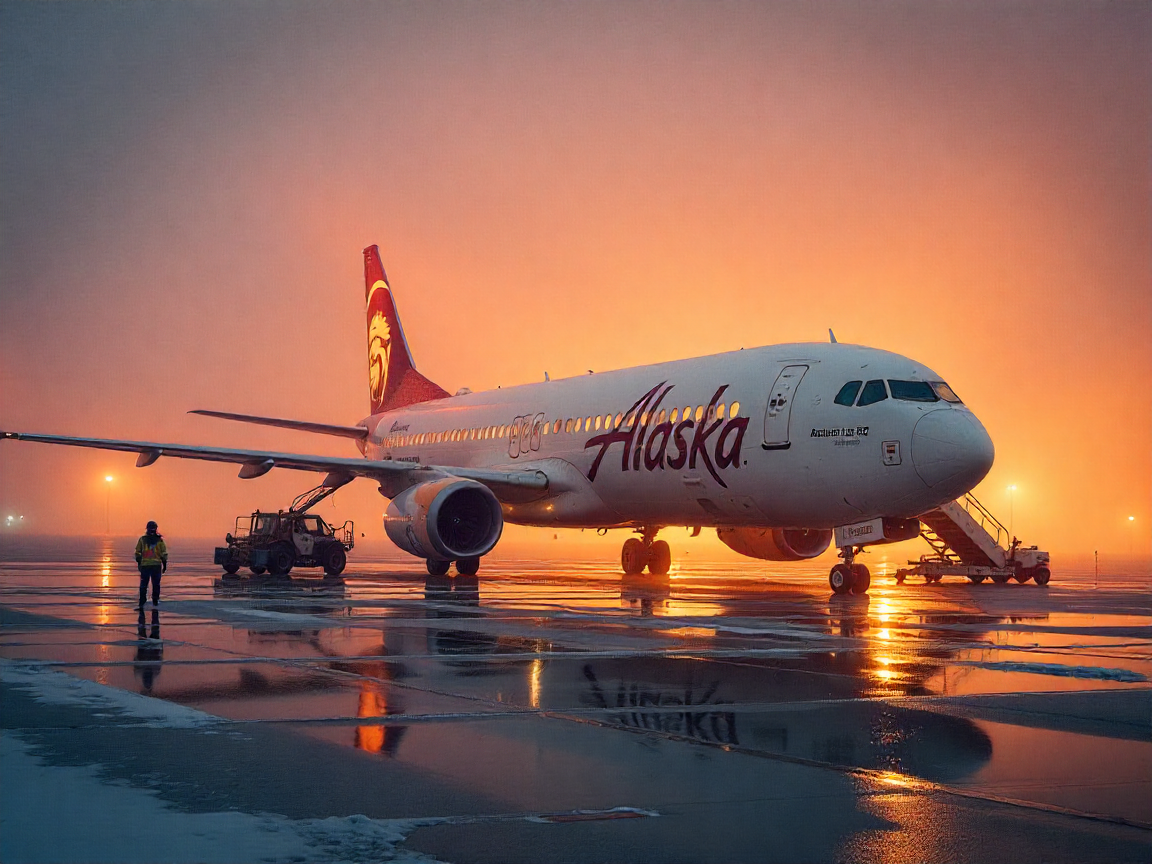Increased Travel Demand and Profit Forecasts
Alaska Air Group has reinstated its profit forecast for the year, attributing this positive shift to a surge in passenger numbers and improved pricing strategies. However, the airline anticipates a lower profit than expected in the upcoming third quarter, primarily due to an IT outage coupled with strategic reductions in flight availability. Overall, the airline expresses a tempered optimism regarding the recovery of travel demand, predicting that unit revenues will remain stable.
Positive Indicators in Passenger Traffic
On a recent update, Alaska Air Group highlighted the improvements in passenger traffic and the strength of its pricing capabilities. Based in Seattle, the airline cautiously revised its overall profit expectations while forecasting a third-quarter profit that may not meet analysts’ predictions. Back in April, like many U.S. airlines, Alaska had to withdraw its financial forecasts due to uncertainties stemming from global economic factors.
According to Alaska’s Chief Financial Officer, Shane Tackett, the reduced macroeconomic uncertainty has been a driving force behind increased bookings observed since late June. Notably, companies on the U.S. West Coast have ramped up travel, especially closer to their travel dates. Tackett noted that the airline is witnessing stronger yields, which serve as an indicator of pricing capability. He remarked that yields from new bookings have been surprisingly robust, which is a ray of hope in the ongoing recovery.
Third Quarter Profit Expectations
Alaska Airlines is expecting an adjusted profit ranging from $1.00 to $1.40 per share for the third quarter, with a midpoint projection of $1.20. This contrasts with analyst estimates that average around $1.65 per share. The airline’s profitability forecast for the third quarter is affected by an IT outage that disrupted operations and a spike in operating costs due to operational adjustments during periods of lower demand. These adjustments aim to minimize discount pressures especially when demand wanes.
Industry Trends and Comparison
Alaska Air is not alone in reporting positive trends within the industry. Recently, United Airlines announced a noticeable increase in bookings since July, highlighting a marked acceleration in business travel demand. Tackett commented that while premium cabin bookings remain strong, there has been stability in the frequency of bookings for main cabin seats. Echoing sentiments from United and Delta Air Lines, Alaska embraced the industry’s strategic shift to reduce flights during off-peak periods, which is expected to enhance profit margins.
Adjustments in Revenue and Tariffs
Alaska Airlines anticipates that its unit revenue—reflecting earnings from each available seat—will remain relatively flat or experience a slight uptick in the coming September quarter. However, the airline faced challenges in the latest quarter due to tariff pressures affecting some of its aircraft. The manufacturer, Embraer, cautioned that pending tariffs could add substantial costs to the airline’s upcoming aircraft deliveries, causing Alaska to reconsider its acquisition plans if the cost becomes unsustainable.
Second Quarter Performance Review
For the second quarter, Alaska Air reported an adjusted profit of $1.78 per share, better than the $1.54 anticipated by analysts. The company plans to discuss its financial results with stakeholders and investors shortly, which will provide further insight into its operational strategies and financial health amid the fluctuating travel demand.
Travel Outlook and the Role of LocalsRide
As travel demand rebounds, it’s clear that airlines, including Alaska, are adjusting their strategies to maximize profitability while ensuring customer satisfaction. For travelers and the tourism sector, platforms like LocalsRide emerge as advantageous resources, providing personalized options for transportation in a user-friendly manner. Through LocalsRide, users benefit from transparent booking processes, where they can choose specific vehicles, view details like make, model, and customer ratings, thereby avoiding the pitfalls of traditional booking aggregators.
Summary and Future Insights
In wrapping up, the developments surrounding Alaska Airlines reflect broader trends in the travel industry as demand stabilizes and improves. While challenges remain, especially with operational disruptions, the industry’s path ahead appears promising. The key takeaway is that the ongoing growth in travel demand is likely to have significant implications for taxi and transfer services, as more bookings typically translate to increased transportation needs in various destinations. LocalsRide empowers travelers to book with ease and confidence, offering a service that’s affordable and tailored to individual preferences. Through its transparent approach, LocalsRide delivers a unique blend of convenience and trust for those planning their journeys. Rezervă-ți cursa cu LocalsRide.com.

